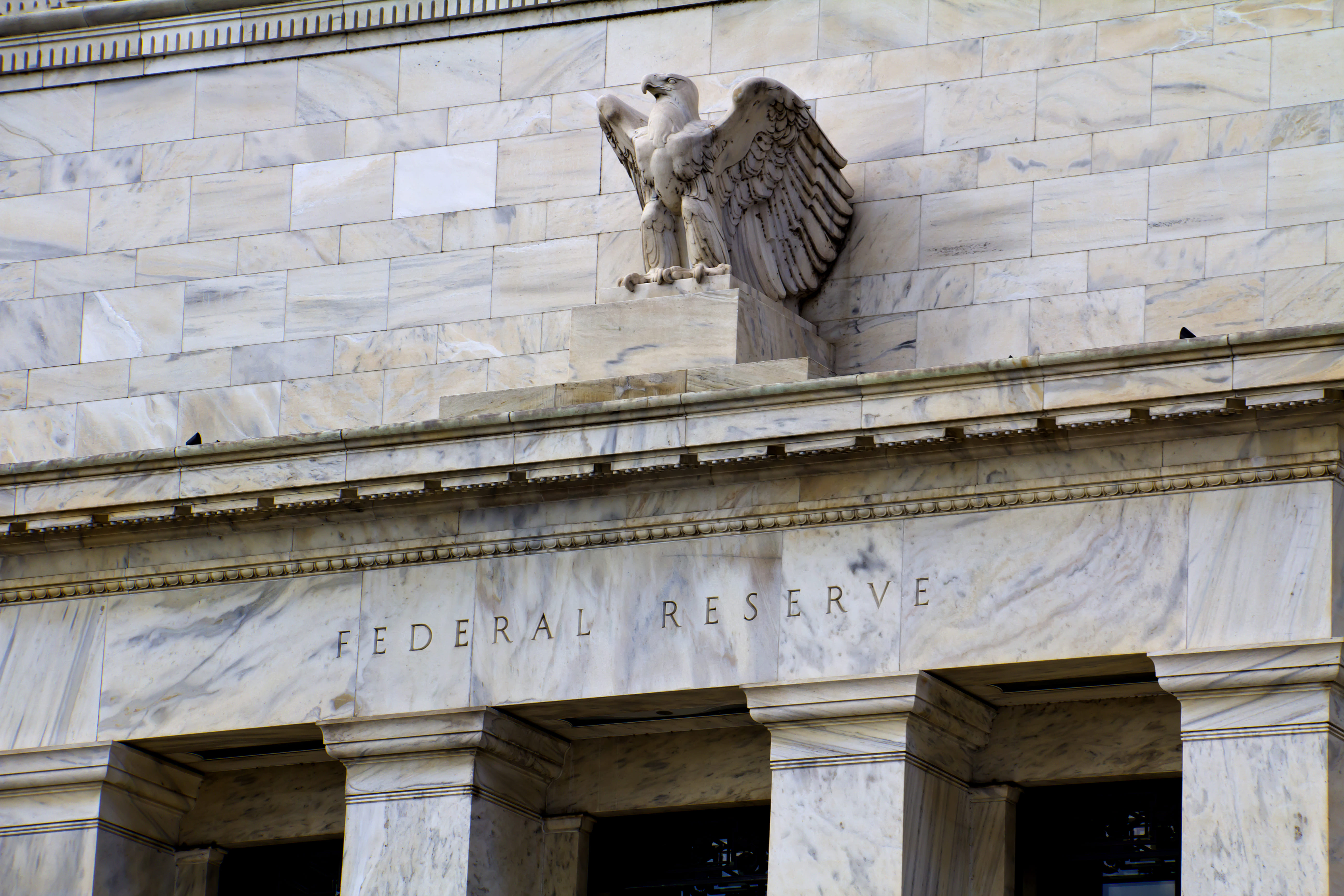If you follow the financial press, the conventional wisdom has come to the simple conclusion that the way to fight inflation is by raising interest rates. Unfortunately, this is just not true. Yes, raising rates may slow the economy, but that alone will not fix inflation.
Starting in 2009, for seven years the Federal Reserve held the federal funds rate at zero and yet inflation never accelerated. So, if seven years of 0% interest rates did not cause inflation, why would the last two years do it? Even though everyone talks about interest rates, it is really money supply growth that matters. We follow M2 – currency in circulation plus all deposits in all banks (checking, saving, money markets, CDs) – because that is what Milton Friedman told us to follow.
If M2 rises by 10%, we would expect a 10% increase in overall spending. Some of that would be soaked up by real increases in output but the rest would go to inflation.
From February 2020 to December 2021, M2 grew at an 18% annual rate. No wonder inflation has climbed to 9%. Raising interest rates, by itself, will not stop this inflation. The way to stop it is by slowing growth in M2 to a low enough rate, for long enough, to allow the economy to absorb the excess money.
That is exactly what happened in the early 1980s when Paul Volcker altered the focus of the Federal Reserve toward money. Prior to Volcker, in the 1970s, the Fed would talk about what level of the federal funds rate it was aiming for, and people started to believe it was the level of rates that mattered. But this was never the case. The Fed consistently held rates lower than a free market (and the level of inflation) suggested it should because that is what politicians wanted. In order to do that, it would add more money to the system than real growth required, causing inflation.
In the late 1970s, Paul Volcker turned this approach on its head. He understood (because of Friedman) that it was money supply growth that mattered. So, he targeted money growth and let interest rates go wherever they may. Some people believe he tightened money too much, and with interest rates spiking well above inflation, close to 20%, this may have been the case.
But it is also why inflation fell. He kept money tight until it was all absorbed and inflation was tamed. It was slower money supply growth, not higher rates that stopped inflation. At the same time, Ronald Reagan cut regulations, tax rates and slowed government spending. This let real economic output accelerate, also helping absorb some of the excess money of the 1970s.
So, if we learned that lesson once, why do we have to learn it again? Part of the answer is that the Fed shifted from a 'scarce reserve' policy to an 'abundant reserve' policy in 2008. This is what quantitative easing (QE) was all about. Under the old 'scarce reserve' model the Fed bought bonds from the banking system to increase the money supply and this brought interest rates down. When it sold bonds to banks, the opposite happened. The reason this worked so well is that banks had few, if any, excess reserves. Banks used every dollar created.
Think of it this way. At the end of 2007, the Fed’s balance sheet (basically bank reserves) totalled roughly $850bn. The M2 money supply (all deposits in all banks) equalled roughly $8trn. Banks held roughly $1 in reserves for every $9 in deposits. The 'money multiplier' – how many dollars of M2 circulated relative to reserves held at the Fed – was about 9.
But this all changed in 2008. With QE 1, 2 and 3, and then more QE during 2020-2021, the Fed increased its balance sheet ten-fold. The Fed’s balance sheet is now roughly $9trn while M2 has grown to $22trn. In other words, banks only have about $2.5 of M2 per $1 of reserves, not $9. The 'money multiplier' has collapsed, while excess reserves have soared. The Fed has grown tremendously relative to the economy and the banking system. Why? We could speculate on that...after all, some politicians want to nationalise the banking system. But the “how” is equally important.
Back in the 1970s, one of the Fed’s tools was to use reserve requirements to manage money. If the Fed raised reserve requirements it could slow down money creation. Today, with so many excess reserves in the system ($3.3trn at last count), the Fed and other banking regulators have layered regulations on banks, pushing required capital ratios from 4%, to 6%, to 10%, or higher. 'Reserve requirements' have been replaced by direct regulation on how much capital a bank must hold.
This is why the 2008-2014 QE did not create inflation. The Fed grew its balance sheet but it also increased capital requirements which kept the banks from multiplying those new reserves.
The pandemic response was different. The Fed monetised Treasury debt created new money to buy bonds. At the same time, the Treasury and Congress used banks (through PPP loans and direct deposit stimulus checks) to distribute “stimulus” and the Fed eased liquidity rules to allow this to happen. M2 growth exploded. In fact, it has grown 41% since February 2020.
So, how does this get reversed? Once the Fed allows more M2 to be created, it cannot destroy it. All those deposits are owned by someone – you, me, your employer, or the Treasury. The Fed cannot take them away – they are private property.
There are only three ways to limit money supply growth under the 'abundant reserve' model. First, by paying banks interest on their reserves at a high enough rate to keep them from lending. But this approach means that at a 3.5% rate, the Fed will be paying private banks roughly $120bn per year. This may or may not stop them from lending but it will certainly not make politicians, like Elizabeth Warren, very happy.
Second, the Fed can raise capital requirements, as it is already doing. Last week, JP Morgan was forced to raise its Tier 1 capital ratio to 12.5% from 11.2%. Jamie Dimon, the CEO of JP Morgan, said these rules were 'capricious' and 'arbitrary'. He is correct. They have nothing to do with the banks themselves and have everything to do with slowing money supply growth. At some point, however, this becomes ridiculous. Banks are better capitalised and have more liquidity than they probably ever have.
The third way has little to do with the Fed. If the Treasury ran a surplus, as it did in April, it could reduce its debt and allow the Fed to let bonds mature. But this is unlikely to last. The US has what appears to be a permanent budget deficit and that is unlikely to change under the current leadership.
We are not saying that raising interest rates will not cause a recession. What we are saying is no country in the world has ever had massive inflation problems under the new 'abundant reserve' policy model. We are in uncharted territory. Raising rates alone is an untested tool to slow or stop M2 growth.
Some people say that the velocity of money is falling and so we do not need to worry about M2 as much. Slower velocity will help get inflation back down and keep it there. Slower velocity means every dollar boosts economic activity by less than it used to. But this is afeatureof the abundant reserve model, not abug. As the Fed grows its balance sheet, bank balance sheets grow as well, but this money is not allowed to circulate because of higher and higher capital requirements. That is why velocity has fallen. Velocity itself has not changed, money has.
The thing that worries us the most is that the Fed will keep growing its balance sheet and government’s power by regulating banks to the point where capital requirements hit ridiculously high levels.
And this brings us back to Paul Volcker and Ronald Reagan. By slowing the growth of money, Volcker took the Fed out of the business of juicing the economy. By cutting tax rates and reducing regulations, Reagan revived the private sector. This ended stagflation and led to a boom in the economy.
How do we end the current trajectory and fix our problems all over again? Our answer would be to shrink the size of the Fed’s balance sheet by massive amounts. It is way too big, and it is regulating banks in an extraordinary and unprecedented fashion. And while we sound like a broken record, shrink the size and scope of the federal government as well!
Putting these two policies together, just like the US did in the early 1980s, will end the stagflation we have not seen since the 1970s.
Brian Wesbury is chief economist and Robert Stein is deputy chief economist at First Trust
Related articles




